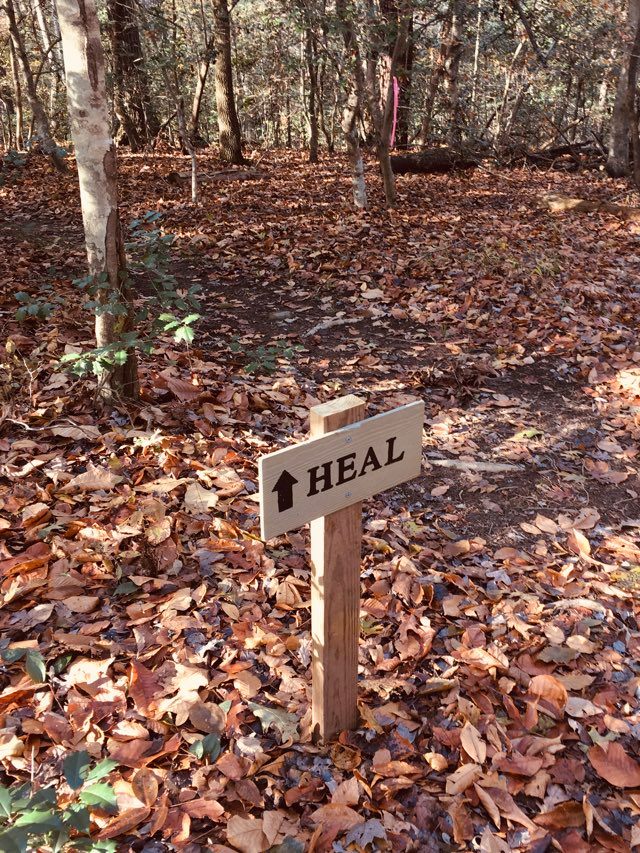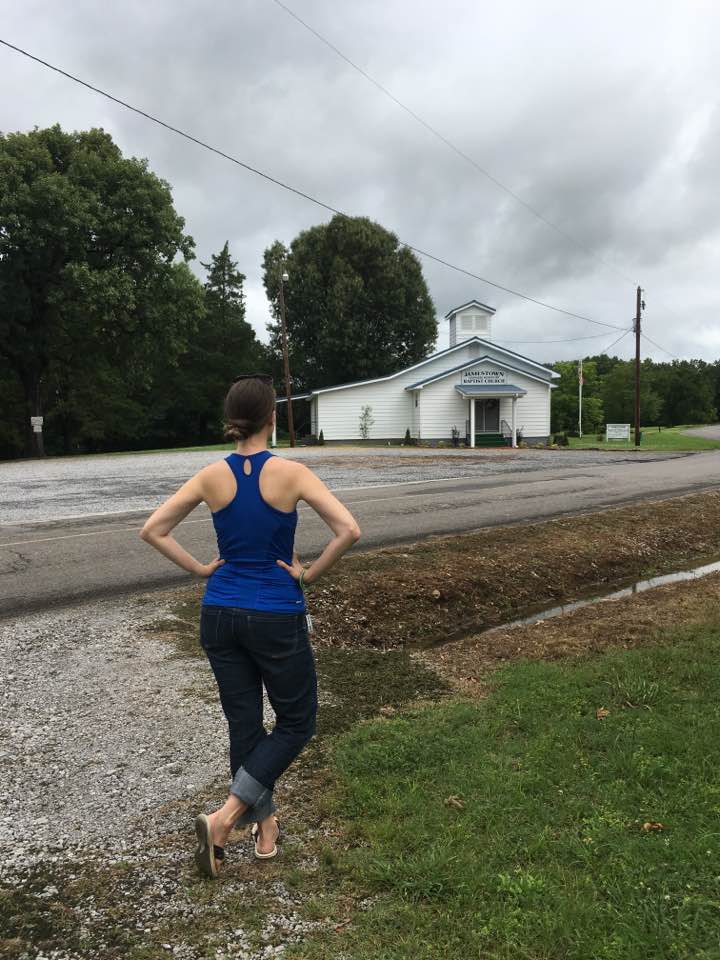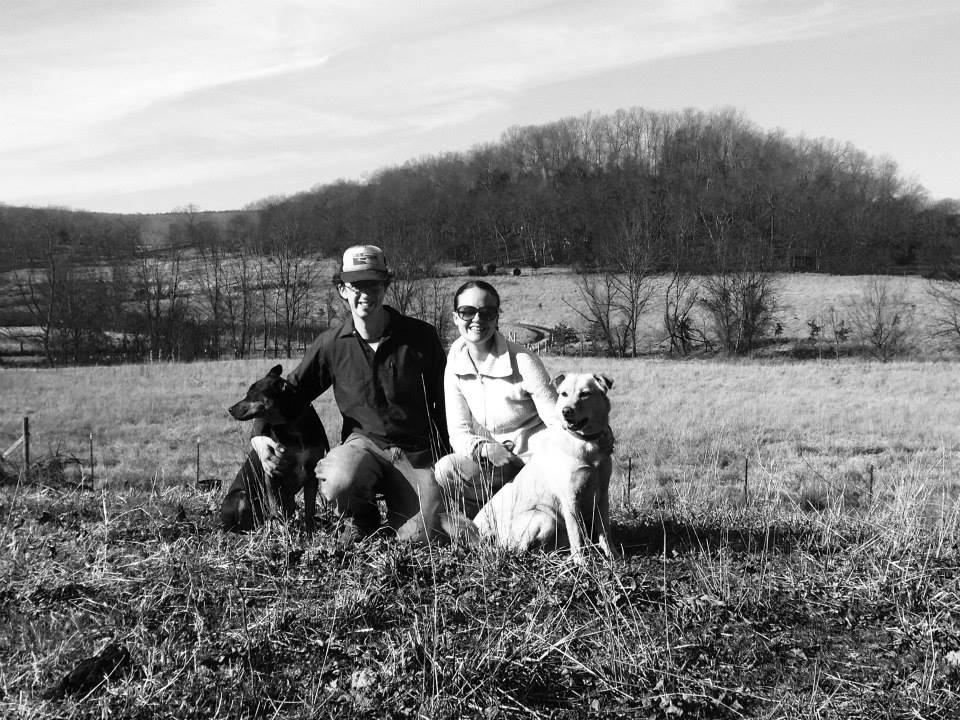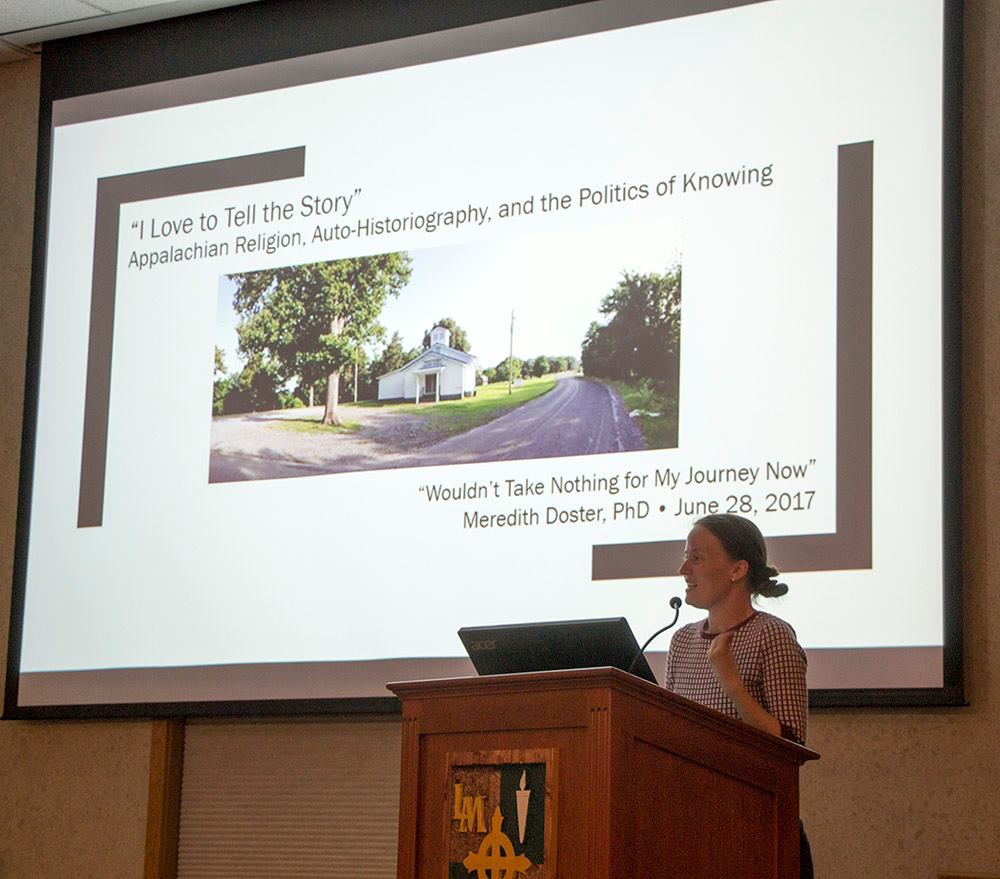LET’s
Dear Twite,
May I call you by your first name or is there another you might prefer? Please forgive the intrusion, but my granddaughter, Meredith, has been hovering. From what I can gather, she is cooking up something with your granddaughter. Have you heard from Jojo recently? Some days, Meredith tries so hard to get my attention – as if each set table, bed made, and garden tended is not an answer to the prayers I speak over my family each day. She doesn’t look for me in her books and writing, but I am there, too. I wonder if you also watch and worry over your loved ones?
I’m sorry to begin with such a personal question. It’s not one I would have asked before eternity loosened my tongue. Of course, I used to speak my mind at home, but I knew my place. My grandchildren called my admonishments “preaching,” even though that’s not women’s work. Ours are different gifts, no matter what my granddaughters say. I ruled my home from the kitchen table where I dished up food and formation three times a day. Beyond my front door, I was known for my cooking, for my husband’s work ethic, and for my grandchildren’s accomplishments. It was enough. Wasn’t it?
I have much to say these days, although I sometimes wonder who is listening. I was soft-spoken my entire life, so much so that I needed a microphone to teach Sunday School. It’s almost funny that I couldn’t make myself heard in the basement room where our small class gathered, but is (self) silencing ever laughable? I didn’t really want to teach anyway, but the class chipped in to buy a sound system and I prepared faithfully each week. I wonder what we would have talked about, if we had really listened to one another? What learning did we miss beyond the approved lessons and stories with foregone conclusions? That was a different time and place, but Meredith says its conventions are alive and well. When I’m still, I can hear my mother’s voice and the voice of her mother before. They were strong women, but it’s their work – not their words – that I remember. I, too, was a hard worker and I don’t think anyone expects to hear from me now that the last dishes are washed and put away. What could I have to teach from this place of revelation and reclamation? Do you think our granddaughters know their value beyond what they produce? Are they speaking their truths? Do you think they are being heard? Do you think they know we are listening for them, too?
Meredith has never been one to watch and wait. There’s something about time that has gotten hold of her. She thinks that each day should be a measure unto itself. There’s something about majesty she had tattooed on her forearm. I still can’t believe she got a tattoo (no day is quite that majestic), but I know something about the weight of each passing moment and the unpredictable nature of the seasons and their too-swift passing. Time, then, is not our own.
It has been five years since I traded disappearing-into-dementia for a world without end. How do you bear the endless possibility of it all? When I look back on my days, I wonder about the relationship between that which I inherited and that which lives on in my children and grandchildren. Do you find yourself wondering about stories and secrets, and about beauty and hardship in equal measure? I sometimes long for a dough board and the quick work I made of biscuits and cornbread. In the kitchen, I rolled out confusion and shaped each of my beloveds into their own allotted place in this world. I didn’t always get that right, even though my baking was fooI-proof. I know they miss more than my cooking, but I wonder whether they know enough to miss all of me? I wonder whether I knew enough to be all of me. When I see Meredith trying to live into her birthright, I wonder whether I shared enough of my pain along with favorite recipes and sewing patterns. I am still learning to trust the words that could have given voice to things I didn’t know to say until I was at a safe enough distance not to feel the impact of their naming. Death, then, is not quite what my Bible told me it would be.
I think that Meredith reads the Bible differently. In fact, it troubles me that she doesn’t read it much at all. But I think she understands something about how Jesus lives in the unknown and unknowable. I don’t know why she finds that liberating. I find comfort in certainty and an orthodoxy that forecloses questions beyond my raising. I can remember my granddaughters asking endless questions as young women. I still cannot fathom their vocabularies and their prideful insistence on a place at the table. Where do these women – still young! – come by eyes that see and hearts wide open? Does your granddaughter continue to surprise you, too?
Meredith says that you come from a place near the water. I wonder if you miss your homeland like I do mine. Sometimes I ache for the places where my roots run deep. The gospel songs tell of a “glad reunion day” and “meetings in the air,” but I’m still waiting. Do you ever find yourself growing impatient for your loved ones? Meredith says that your people are called the Mai-Mai. My people don’t have a name that I know of, but they traveled to a place with rolling hills fed by deep rivers where others were already living and farming. My people took the land for their own, although we don’t really talk about that. My grandchildren think we should, but I don’t know why we would stir up the past. Isn’t it over and done with? Meredith says it doesn’t work like that, but I am still shoring up my courage to tell stories of the lives and families sacrificed to make way for my own. I think this telling might be part of the inheritance I’ve left behind. It’s the work my hill-folks will take up so that I can rest. I never knew it would take this much work to wait on my family from afar.
Some days, I am so very weary. Where is this new body promised me? I believe that hard work and prayer can overcome anything. After all, didn’t Jesus pay it all? Meredith says it doesn’t quite work like that, either. She thinks that Jesus gave me a sound mind and a clear voice. I think he gave me generations. I wonder then, about this learning that crosses from grandmothers to granddaughters. Do you ever find yourself listening for the wisdom growing up in those we left behind?
Meredith says that you have precious namesakes carrying your love and life forward. I, too, have been honored in this way, although I think Meredith is still sore that she wasn’t gifted my name. She and her sister will have to keep carving out a place for themselves at the table I set for them. Each plate and cup they serve up carries the lifeblood of our ancestors. I hope and pray – daily – for their feasting in this world of famine, and for their voices in the silencing wilderness. I will add Jojo to my daily prayers, too.
There’s more to say. There always is, but I have already gone on too long. That’s what happens when it takes lifetimes to circle back to our truths. Meredith says that she will see Jojo again this week. Isn’t that something? The way we find one another at just the right time? I’ll be praying for this tender work. I don’t really understand it, but Meredith tells me that she cannot learn and unlearn on her own. I wish she were reaching for Jesus, but she tells me that Spirit moves when our granddaughters reach across distance and difference to listen and bear witness together. Perhaps we, too, will find the face of God in some sharing of our own? My voice still trembles, but I grow more resolute each day. May our words be woven into the worlds our granddaughters are fashioning – for themselves and for us all.
From the hills to the waters, with love and blessings,
Lou Ellen






